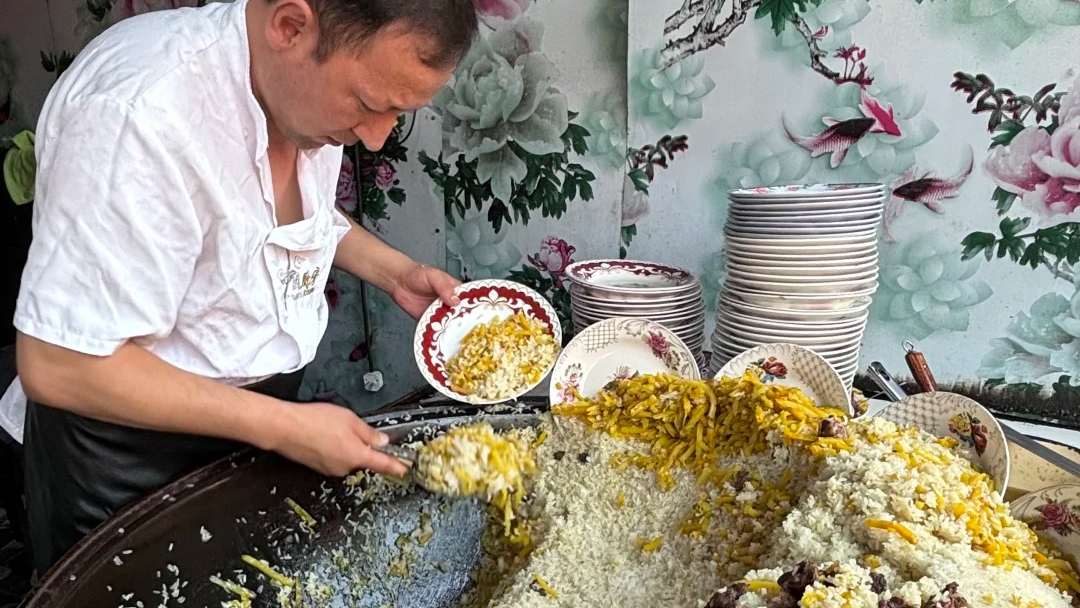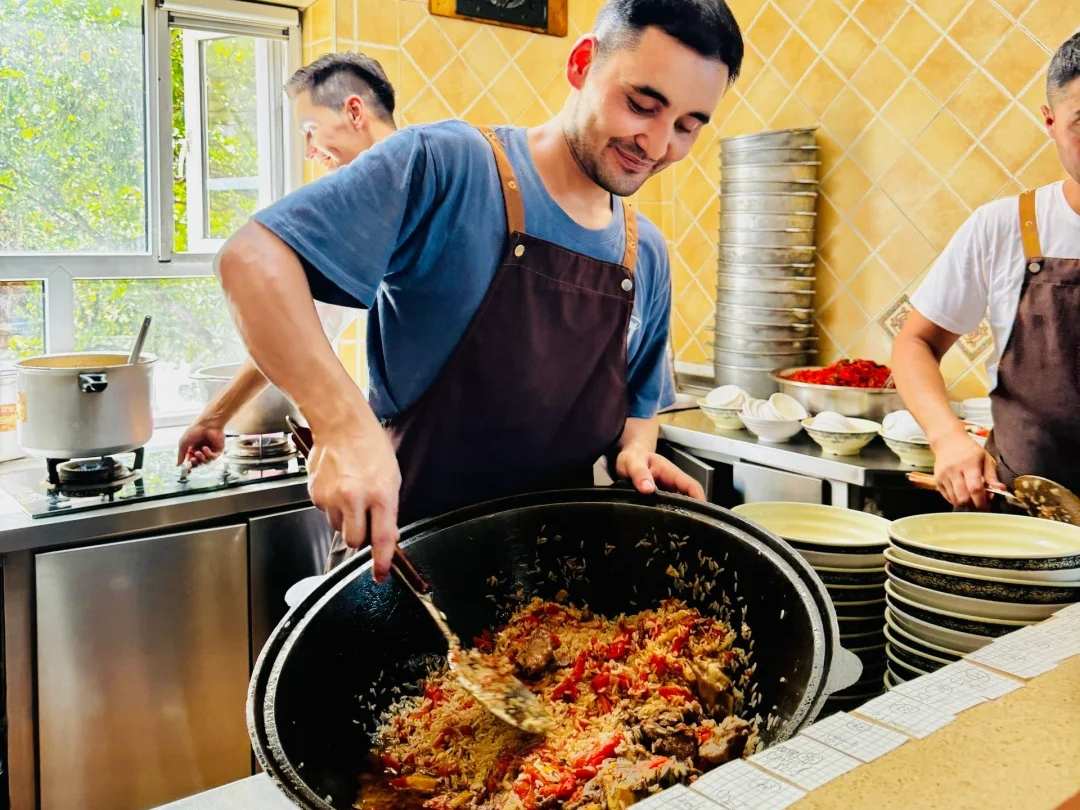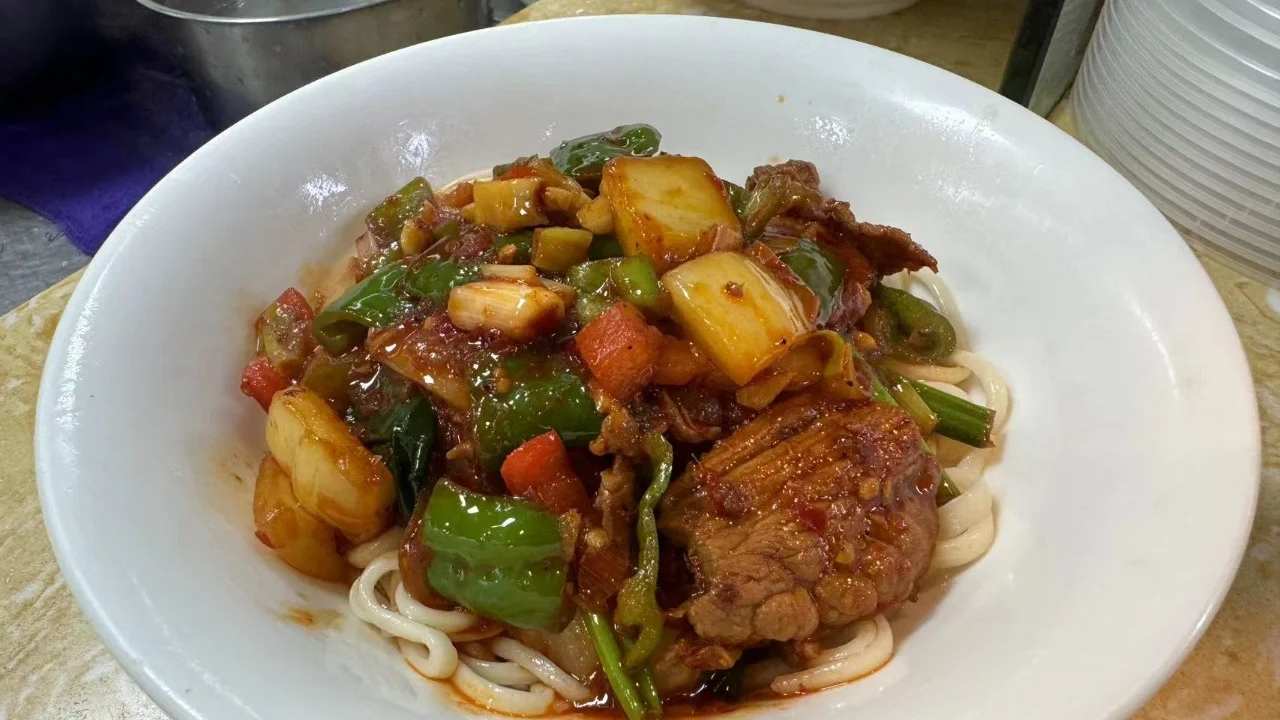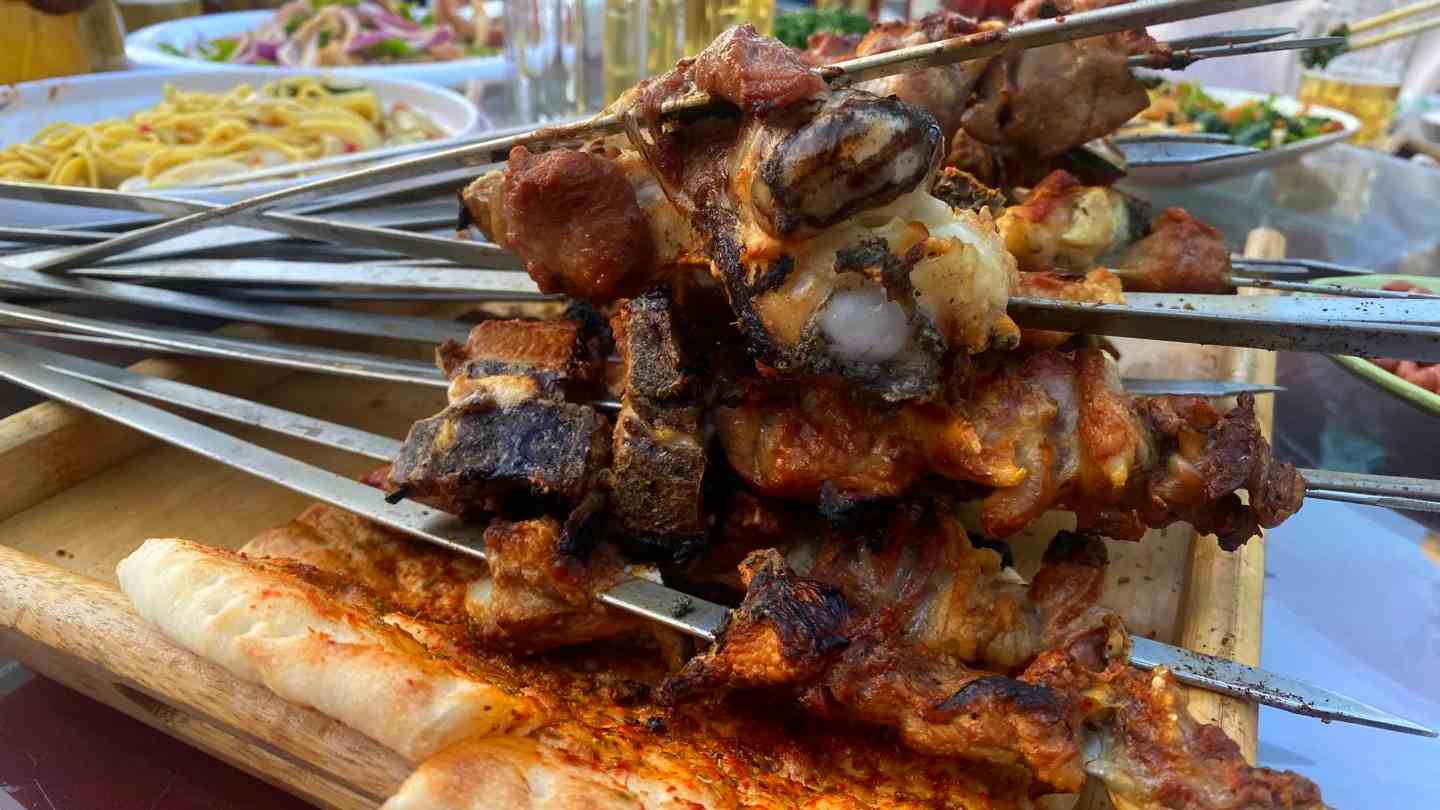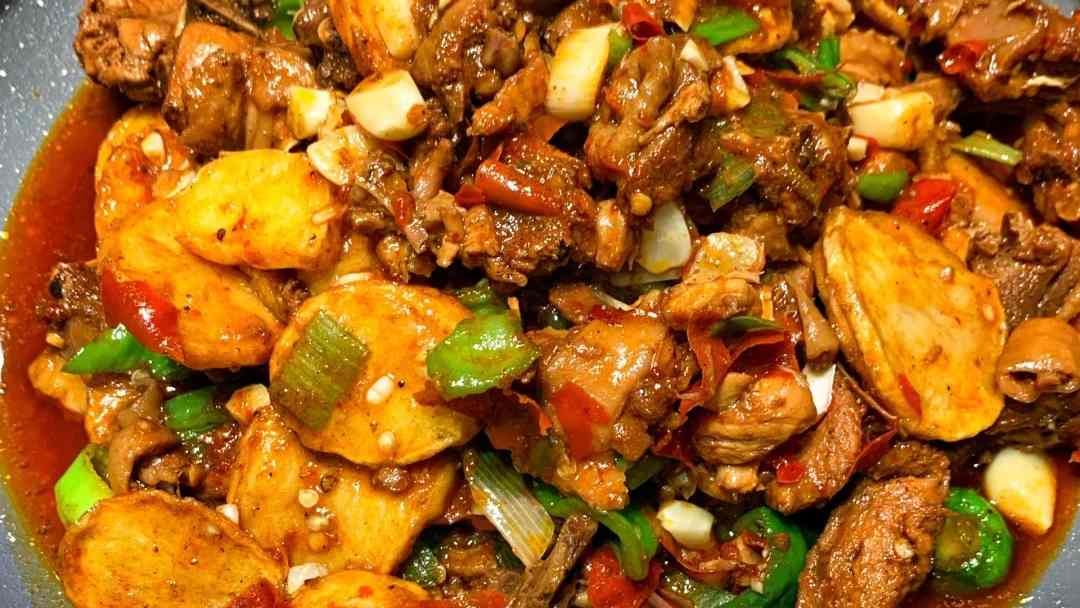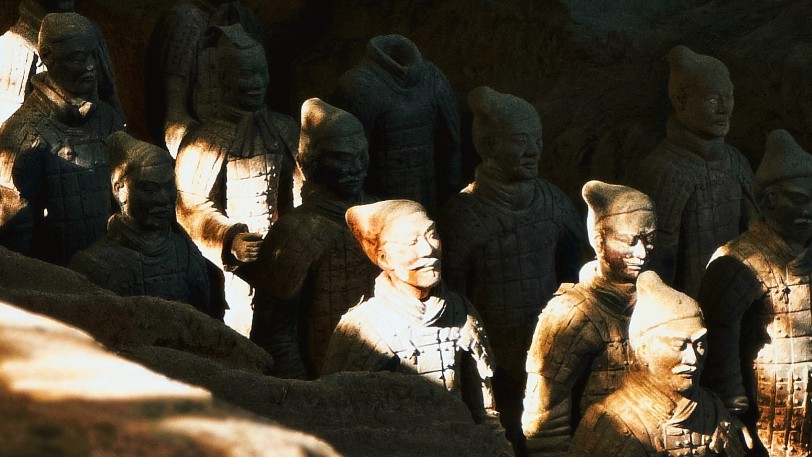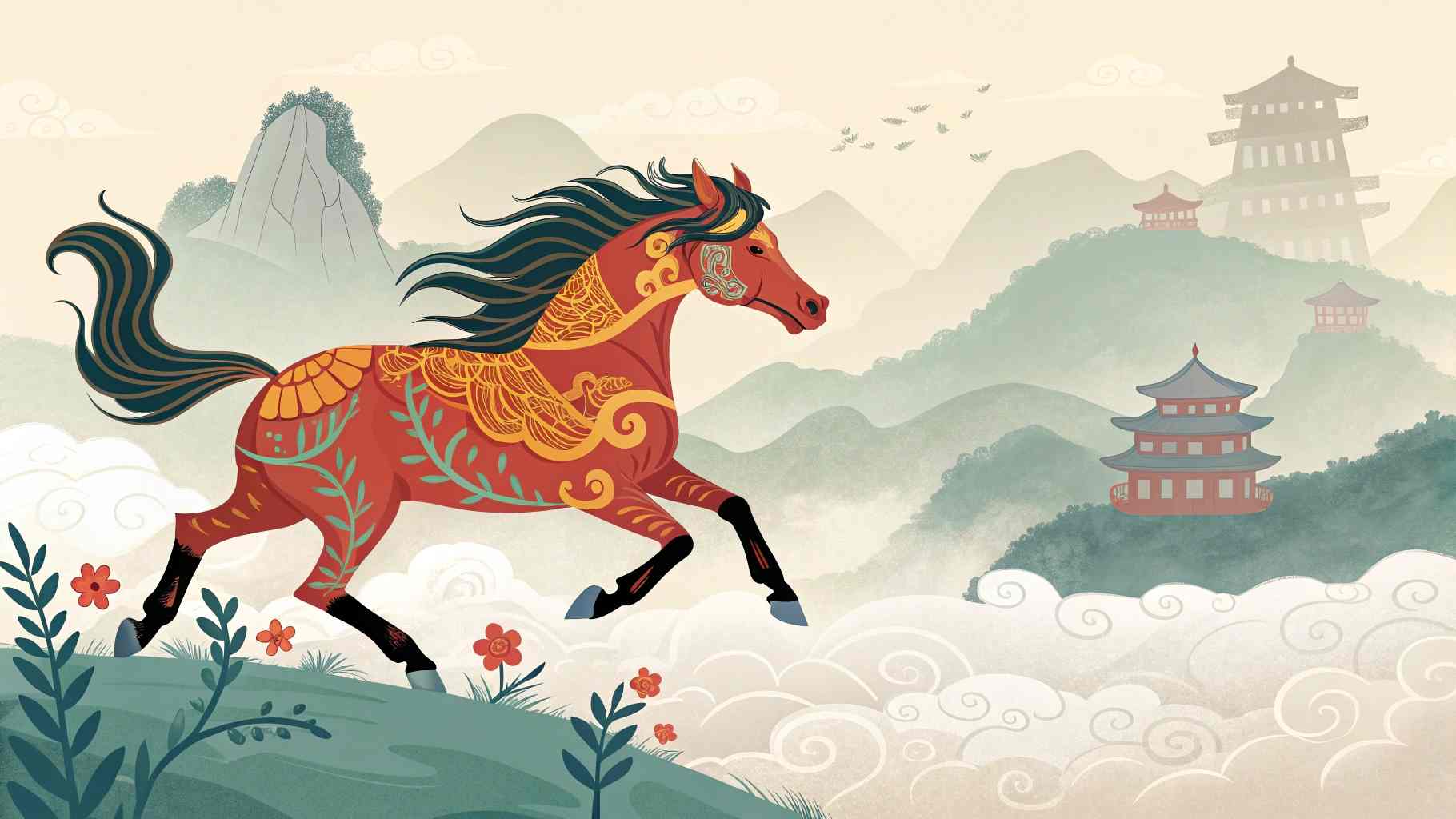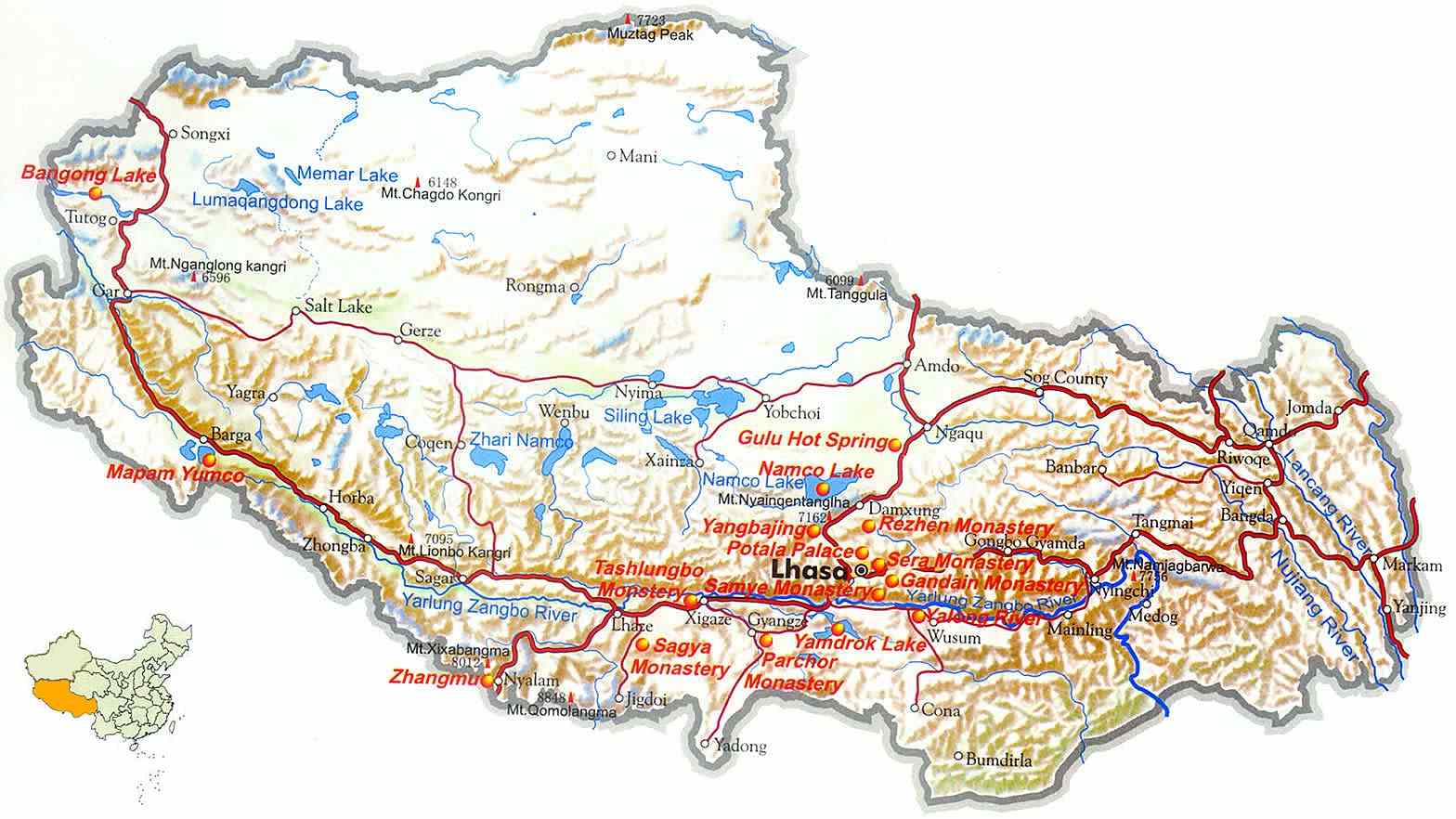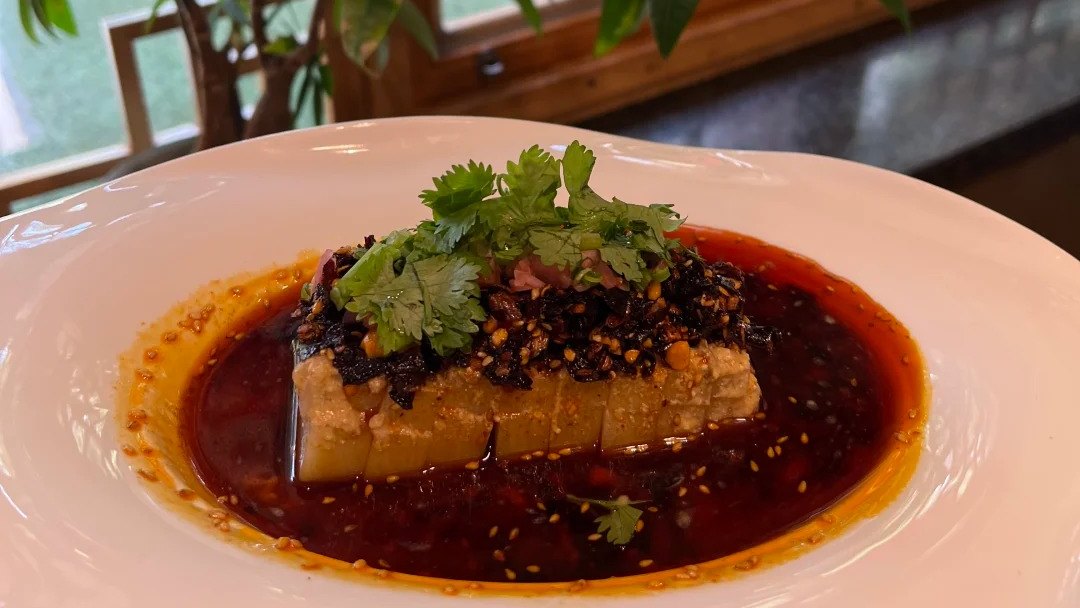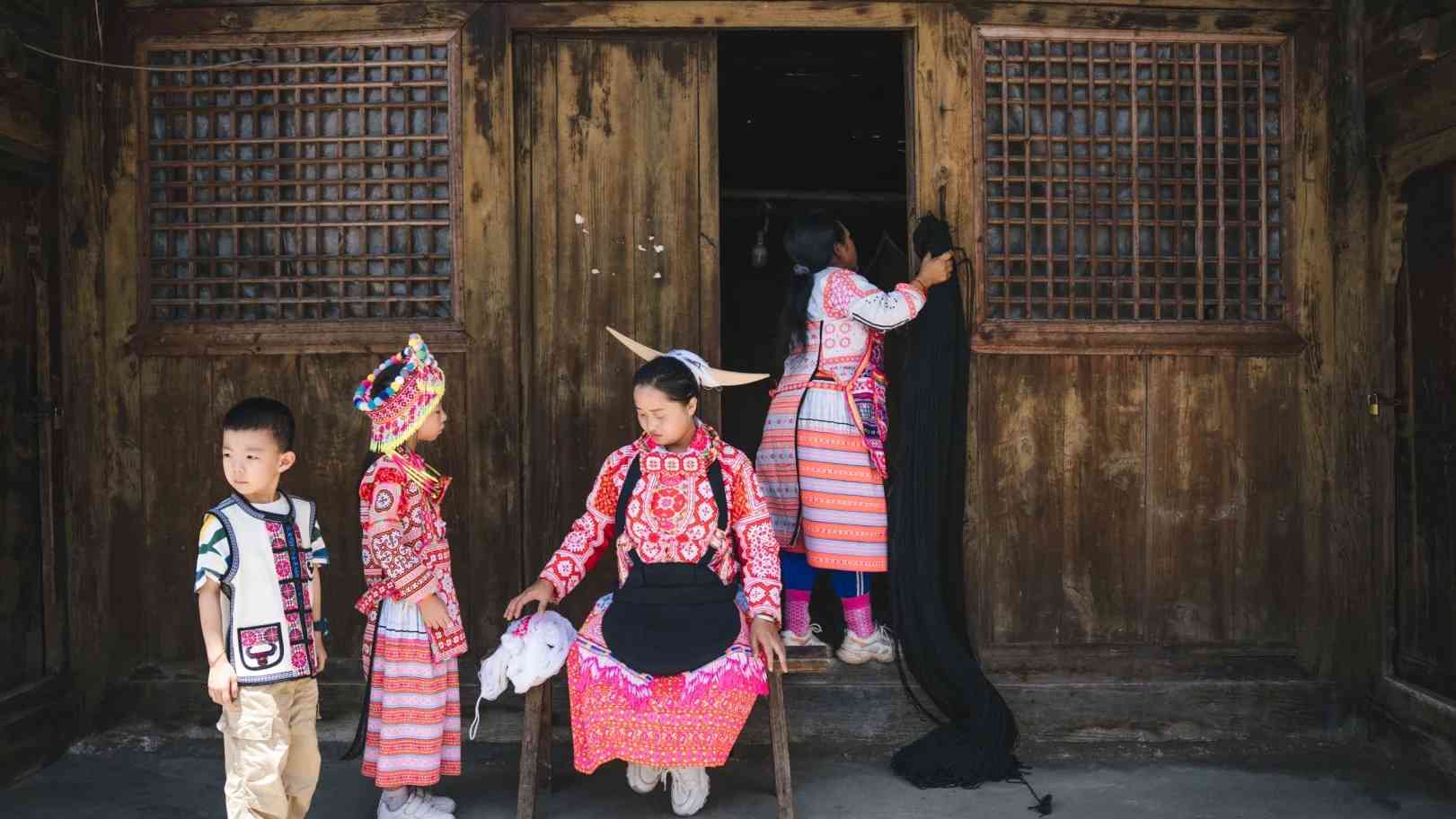Is your Xinjiang trip coming up? Wondering what amazing Uyghur food you should try?
Uyghur food in Xinjiang is famous! I'll share 3 must-try dishes, from tasty rice pilaf to unique lamb intestine. Get ready for a delicious adventure!
Xinjiang, located in West China, is renowned for its unique and flavorful cuisine that stands out with its rich cultural influences. Many travelers are captivated by the distinct and aromatic flavors of Uyghur food.
Okay, so now you know what you're in for. You might be thinking, "That sounds interesting," or maybe, "Ew, lamb intestine?" Either way, keep reading, because you might just discover your new favorite food!
The best Uyghur dishes in Xinjiang boast a delightful medley of spices, meats, and traditional cooking techniques that reflect the region’s diverse cultural tapestry. Notable dishes include lamb kebabs, polo (pilaf), and Tohoo-Qordiqi (big plate chicken).
Beyond savoring the food, experiencing Uyghur cuisine offers a cultural insight into the life and traditions of the Uyghur people. Each dish tells a story of trade, resilience, and culinary artistry1 deeply rooted in history.
What is Uyghur Polo (Pilaf) and Why is it So Popular?
Craving a hearty, flavorful dish? Need something that will fill you up after a long day of exploring?
Polu2 is a beloved dish that embodies the heart of Uyghur culinary tradition. Its preparation is as rich as its taste, making it a must-try for those exploring Xinjiang cuisine.
Uyghur Polo, also known as rice pilaf, is a flavorful pilaf made with seasoned rice, succulent pieces of lamb or beef, and a blend of spices, dried fruits, and vegetables cooked in oil. This hearty meal is typically cooked in a large pot until the flavors meld beautifully.It's Xinjiang's most popular dish! You can order it by saying "polo" or 抓饭/Zhuāfàn in Chinese.
Prepared with care, polu reflects the agricultural roots of the region, where rice and meat are staples. It's commonly served during special occasions, symbolizing abundance and prosperity.
The dish's irresistible aroma and flavor are achieved through the careful layering of ingredients, each contributing to its complex taste profile.
Polu’s cultural significance in Uyghur gatherings highlights its role as more than just sustenance, but as a symbol of unity and hospitality.
Uyghur polo is popular because it's both delicious and nutritious. I think the slow cooking process really makes the lamb tender and the carrots sweet. Plus, it's a one-pot meal, which is super convenient.
Here's a breakdown of why I think it's so great:
| Feature | Description |
|---|---|
| Flavor | Savory lamb, sweet carrots, and fragrant rice create a balanced and satisfying taste. |
| Texture | The rice is fluffy, the lamb is tender, and the carrots are slightly crunchy. |
| Nutrition | It's a good source of protein, carbohydrates, and vitamins. |
| Convenience | It's a one-pot meal, making it easy to prepare and clean up. |
| Cultural Significance | Polo is a staple dish in Central Asia, representing hospitality and community. I often see families sharing a big plate together, which is heartwarming. |
I’ve tried polo all over Xinjiang, and each region puts its own spin on it. Some add dried fruits, while others use different types of meat. I remember one time in Kashgar, I had polo with quince, and it was amazing!
Recommended Restaurant: 🏠 Nuriman Fig Pilaf Fast Food
Location: 📍 Middle section of Hetian Second Street
Hours: ⏰ 10:00 AM – 8:30 PM
Price: 🍧 Meat Pilaf 💰 28 CNY
Taste: 🍎 The first bite gives a sense of surprise with its refreshing sweetness. The grains are distinct but not too greasy, and the meat is quite flavorful. Compared to many other pilafs I've tried, the portion here is not large, so you might not feel very full afterward, but the taste is definitely worth it.
What's the Difference Between Uyghur Laghman and Hui BanMian?
Do you love noodles? Are you looking for a flavorful and customizable dish?
Uyghur Laghman and Hui BanMian are similar noodle dishes. They feature pulled noodles topped with meat, vegetables, and oil. The Chinese name for this dish is 拌面/Bànmiàn.
While similar, there are subtle differences between Uyghur Laghman and Hui BanMian. I noticed the Uyghur version often has a slightly spicier and more robust flavor profile, while the Hui version can be a little more delicate. Both are made with hand-pulled noodles.
| Feature | Uyghur Laghman | Hui BanMian |
|---|---|---|
| Spice Level | Usually spicier, with a stronger emphasis on chili peppers. | Often milder, with a focus on other aromatics like garlic and ginger. |
| Vegetables | Common vegetables include peppers, onions, tomatoes, and green beans. | Similar vegetables, but may also include mushrooms and tofu. |
| Meat | Lamb is the most common meat used. | Lamb or beef can be used. |
| Noodle Texture | Typically thicker and chewier, reflecting the Uyghur noodle-making tradition. | May be slightly thinner, with a smoother texture. |
Once, I was in Urumqi and decided to try both side-by-side at two different restaurants. It was a fun culinary experiment, and I could really taste the subtle nuances. If you get the chance, I would recommend doing the same!
🏡 Recommended Restaurant: Xiao Nurjiang Stir-fried Noodles
📍 Address: Henan East Road, Ürümqi
💰 Price: Uyghur Laghman 22 CNY
🍎 Highlights: Large slices of beef are stir-fried with chili peppers until they achieve a fragrant, crispy aroma, giving the meat a unique flavor. This distinct taste is a hallmark of their stir-fried noodles. The restaurant is known for its unique flavors, quick service, and clean, tidy environment. The open kitchen adds to its appeal. The Michelin-like menu features fewer than 15 items.
Why are Lamb Kebabs So Addictive in Xinjiang?
Are you a meat lover? Do you want to try a kebab that's different from what you're used to?
Few dishes represent Uyghur cuisine like lamb kebabs grilled to flavorful perfection. This dish combines tradition with a timeless taste that resonates with all who try it.
Lamb kebabs are a staple of the Uyghur diet. The secret is they are seasoned with the amazing spice mixture of cumin, spices, skewered, and grilled over an open flame. The result is a smoky, tender delight that is both aromatic and deliciously succulent. If you love kebabs, you'll love these.
Lamb is a staple meat in Xinjiang, reflecting the nomadic heritage and dietary customs of the Uyghur people. These kebabs often serve as a communal dish, enjoyed among family and friends during vibrant gatherings. The practice of cooking over an open flame3 adds a distinct taste that sets these kebabs apart from other grilling styles. Lamb kebabs encapsulate the essence of Uyghur hospitality—warm, inviting, and bursting with flavor.
The quality of lamb kebabs4 in Xinjiang is simply amazing. I think this is because the local lamb is so flavorful and tender, which makes it perfect for grilling over hot coals. The addition of the Uyghur spice blend is also great.
Here’s a tip: Look for vendors using smoke from burning tamarisk wood. They say that the wood imparts a unique flavor to the meat.
Also, here's a list of factors that contribute to the appeal of these kebabs:
| Feature | Description |
|---|---|
| Lamb Quality | The lamb is often locally sourced and very fresh, contributing to a rich and flavorful taste. |
| Spice Blend | The unique blend of cumin, pepper, and other spices creates a distinctive and aromatic flavor profile. |
| Cooking Method | Grilling over hot coals gives the kebabs a smoky and slightly charred flavor. |
| Portability | Kebabs are easy to eat on the go, making them a convenient snack or meal while exploring the region. |
I once met a Uyghur friend who shared with me his family's secret kebab recipe. It involved marinating the lamb overnight in yogurt and spices5. The result was unbelievably tender and flavorful!
🏡 Recommended Restaurant: Xiyu Fruit Wood Grilled Meat
📍 Address: Inside Yili Hotel Alley, 223 Yining Road
🍎 Highlights: This restaurant is famous in Ürümqi for having long queues everyday. The grilled lamb is weighed by the kilogram and skewered on-site. It’s prepared in a traditional way without any added seasonings, which preserves the original flavor. The grilled meat portions are large and the quality is excellent, offering great value for money. The lamb is very tender. Their side dishes pair wonderfully with the meal and help balance the richness. Additionally, their yogurt is also highly recommended.
What Is Tohoo-Qordiqi, and Why Is It a Xinjiang Favorite?
Dapanji6 in Chinese, translated as "big plate chicken," in Uyghur it's called Tohoo-Qordiqi, is a relative newcomer to the Uyghur culinary scene but has quickly become a crowd favorite for its bold flavors and hearty portions.
Dapanji consists of succulent chicken pieces stewed with potatoes, peppers, and a robust sauce, often served atop hand-pulled noodles. Its spicy broth is thickened with starch, creating a rich and satisfying meal.
Originating in the 1990s, dapanji reflects a fusion of diverse influences, blending bold spices with familiar textures that appeal to both locals and visitors.
The dish’s generous serving size makes it ideal for sharing among friends, enhancing its reputation as a communal meal.
The hand-pulled noodles7 absorb the savory sauce, adding a delightful chewiness that complements the tender chicken.
Dapanji epitomizes modern Uyghur innovation while remaining true to traditional flavors.
Conclusion
Uyghur cuisine in Xinjiang provides a delectable window into the rich traditions of the region. With dishes like lamb kebabs, polu, and dapanji, travelers are treated to a culinary journey that satisfies the palate and nourishes the soul.
-
Delve into the creative aspects of Uyghur cooking that showcase its rich heritage. ↩
-
Discover the secrets behind the aromatic and flavorful Uyghur rice pilaf that captivates many. ↩
-
Learn how this traditional method enhances the flavors of various Uyghur dishes. ↩
-
Find out how to recreate the delicious and smoky flavors of authentic Uyghur lamb kebabs. ↩
-
Discover the aromatic spices that give Uyghur food its distinctive flavor profile. ↩
-
Explore the flavors and communal aspects of dapanji, a beloved dish in Uyghur cuisine. ↩
-
Learn the art of making hand-pulled noodles, a staple in many Uyghur dishes. ↩


